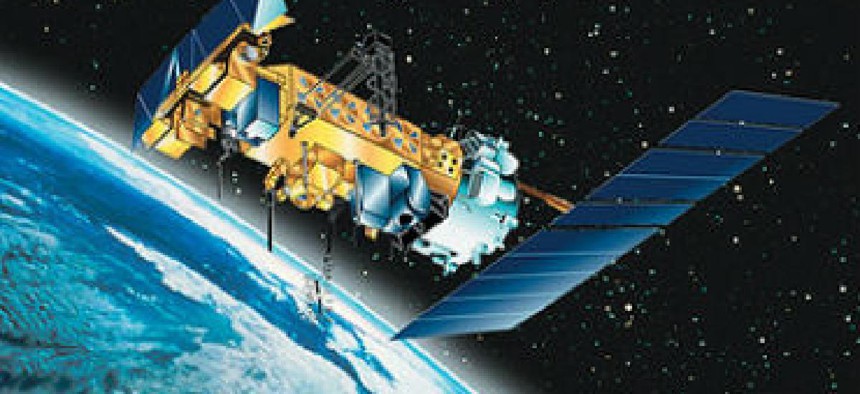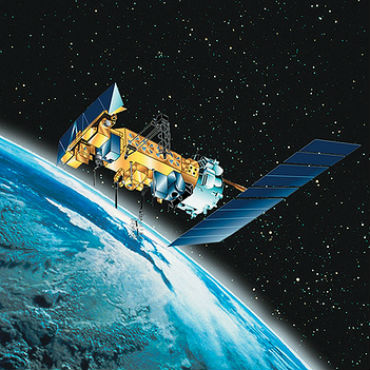NOAA satellites helped save 253 lives in 2013

The orbiting craft are part of a network that detects and locates distress signals from emergency beacons.

Satellite image courtesy of NOAA
The National Oceanic and Atmospheric Administration's fleet of reliable but aging geostationary and polar-orbiting satellites did more than provide forecasters with vital data in predicting weather across the country in 2013. It saved lives.
The satellites helped rescue 253 people from potentially life-threatening scenarios last year by detecting distress signals from emergency beacons activated by downed pilots, stranded boaters and lost hikers in the United States and surrounding waters.
The NOAA satellites are part of the international search and rescue satellite-aided tracking system known as COSPAS-SARSAT, which is a network of satellites used to detect and locate distress signals from emergency beacons.
"Each life we save underscores the undeniable value of NOAA satellites," said Mary Kicza, assistant administrator of NOAA's Satellite and Information Service.
A NOAA-compiled map of SARSAT rescues in 2013 shows that the majority -- 139 -- were waterborne and often involved the Coast Guard. Another 80 involved events on land, and 30 involved aviation incidents. Highlights include:
- Alaska had the most SARSAT rescues (101), followed by Florida with 56.
- In Alaska, six passengers on a small plane were rescued after it crashed near mountainous terrain outside LeConte Bay.
- Four crewmen were rescued in Broadus, Mont., after ejecting from a B-1 bomber before it crashed.
- A boater was rescued off the coast of Kitty Hawk, N.C., after he sustained a head injury.
When a NOAA satellite detects an activated beacon, it homes in on the location and relays information to the U.S. Mission Control Center for SARSAT in Maryland. Information is then shared with either the Coast Guard for water rescues or the Air Force for land rescues.
Since 1982, the COSPAS-SARSAT system has been credited with supporting 35,000 rescues worldwide, 7,250 of which happened in the United States or surrounding waters.



